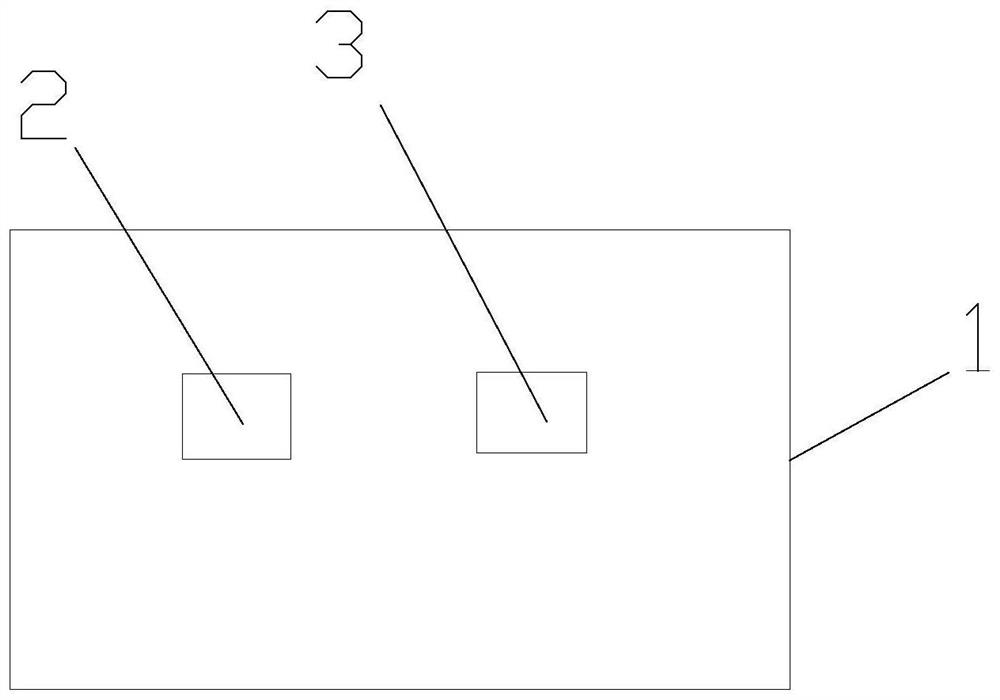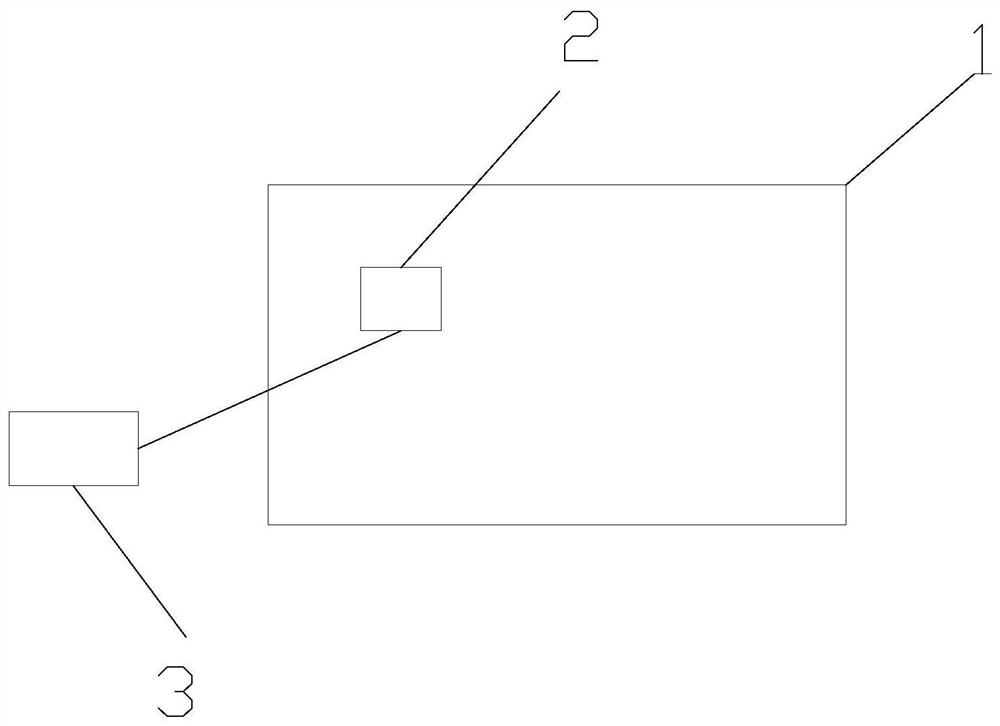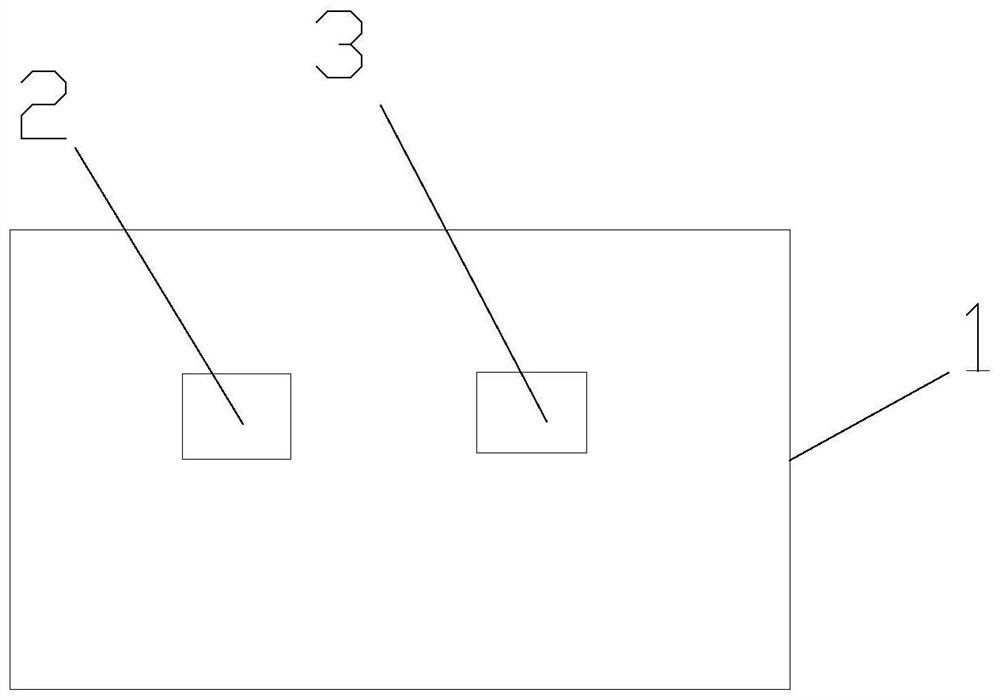A kind of 3d printing method and double-beam 3d printing equipment
A 3D printing and 3D printer technology, applied in the field of 3D printing, can solve problems such as thermal stress concentration and lattice damage, and achieve the effects of good corrosion resistance, elimination of mutations, and long durability
- Summary
- Abstract
- Description
- Claims
- Application Information
AI Technical Summary
Problems solved by technology
Method used
Image
Examples
Embodiment 1
[0044] The 3D printing method of the present embodiment comprises the following steps:
[0045] 1) Transport the nickel alloy printing powder to the printing beam nozzle, spray out to form the base nickel alloy layer, and the thickness of the base nickel alloy layer is 1mm;
[0046] 2) The aluminum-silicon printing powder is transported to the printing beam nozzle, and sprayed out to form an aluminum-silicon layer on the nickel alloy layer; the thickness of the aluminum-silicon layer is 0.005mm;
[0047] 3) While printing, the interface between the nickel alloy layer and the aluminum-silicon layer is irradiated with a femtosecond intense pulse energy beam to form a continuous gradient transition layer at the interface; the irradiation time is 1 sec. Area is 1×10 -4 mm 2 , the frequency is 1,000 / sec, the wavelength is 1064nm, and the pulse width of the single pulse in the femtosecond pulse energy beam is 1.5×10 -13 sec, the energy density of a single pulse is 1mJ / mm 2 , the...
Embodiment 2
[0050] The 3D printing method of the present embodiment comprises the following steps:
[0051] 1) Transport the nickel-based alloy printing powder to the printing beam nozzle, spray out to form a base nickel-based alloy layer, and the thickness of the base nickel-based alloy layer is 1mm;
[0052] 2) The aluminum-silicon printing powder is delivered to the printing beam nozzle, and sprayed out to form an aluminum-silicon layer on the nickel-based alloy layer; the thickness of the aluminum-silicon layer is 0.005mm;
[0053] 3) After forming a layer of printing layer, the interface between the nickel-based alloy layer and the aluminum-silicon layer is irradiated with a picosecond strong pulse energy beam to form a continuous gradient transition layer at the interface, namely; the irradiation The time is 10sec, and the irradiation area is 10mm 2 , the frequency is 100 / sec, the wavelength is 1064nm, and the pulse width of the single pulse in the picosecond intense pulse energy b...
Embodiment 3
[0056] The 3D printing method of the present embodiment comprises the following steps:
[0057] 1) Transport the nickel-based alloy printing powder to the printing beam nozzle, spray out to form a base nickel-based alloy layer, and the thickness of the base nickel-based alloy layer is 1mm;
[0058] 2) The aluminum-silicon printing powder is delivered to the printing beam nozzle, and sprayed out to form an aluminum-silicon layer on the nickel-based alloy layer; the thickness of the aluminum-silicon layer is 0.005mm;
[0059] 3) After forming a layer of printing layer, the interface between the above-mentioned layers is irradiated with nanosecond strong pulse energy to form a continuous gradient transition layer at the interface; the irradiation time is 10 sec, and the irradiation time Photo area is 100mm 2 , the frequency is 100 / sec, the wavelength is 1064nm, and the pulse width of the single pulse in the nanosecond intense pulse energy beam is 1×10 -8 sec, the energy density...
PUM
| Property | Measurement | Unit |
|---|---|---|
| thickness | aaaaa | aaaaa |
| thickness | aaaaa | aaaaa |
Abstract
Description
Claims
Application Information
 Login to View More
Login to View More - R&D
- Intellectual Property
- Life Sciences
- Materials
- Tech Scout
- Unparalleled Data Quality
- Higher Quality Content
- 60% Fewer Hallucinations
Browse by: Latest US Patents, China's latest patents, Technical Efficacy Thesaurus, Application Domain, Technology Topic, Popular Technical Reports.
© 2025 PatSnap. All rights reserved.Legal|Privacy policy|Modern Slavery Act Transparency Statement|Sitemap|About US| Contact US: help@patsnap.com



